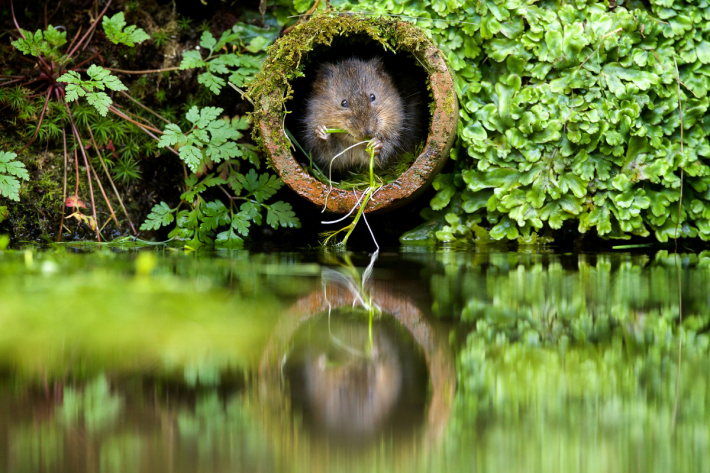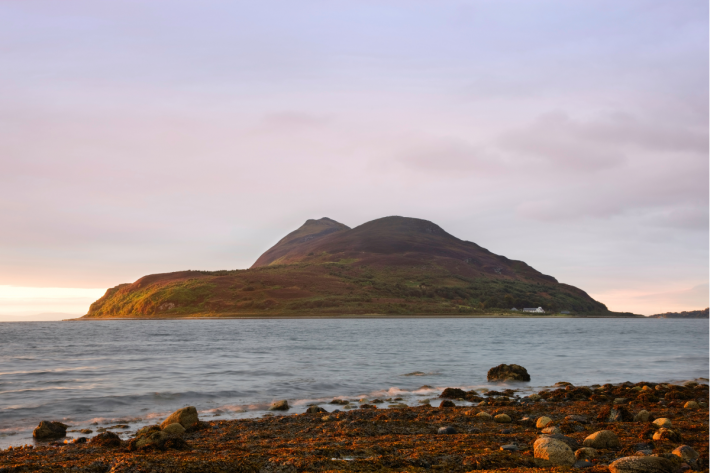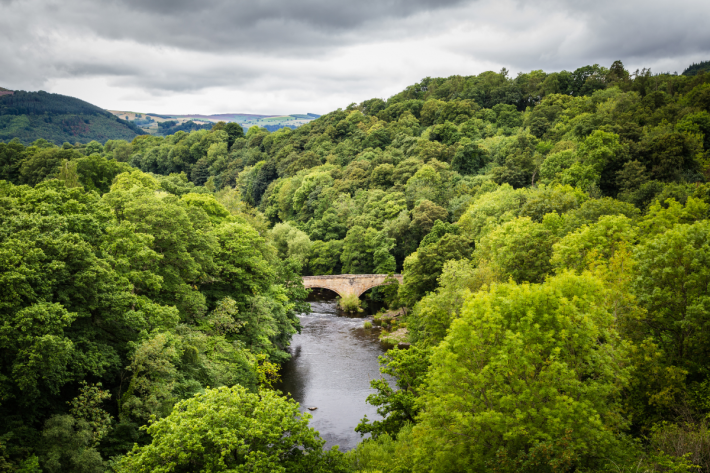State of Nature: Ecologists have collected the evidence, now it’s time to act
The latest State of Nature Report rings yet another alarm bell on the biodiversity crisis in the UK, showing major declines in many species since monitoring began in 1970. Since this date, species have declined by 19% on average and one in six are now at risk of being lost in the UK.

The comprehensive data provided in the State of Nature report shows that although the UK is world leading in its monitoring of biodiversity, it has less than half of this remaining. However, if the UK follows through on the commitments it has made on the world stage to halting and reversing biodiversity declines, there’s no reason the next State of Nature report can’t be stacked with positive figures illustrating how nature in this country is bouncing back and beginning to thrive once again.
The situation at sea
The report found that only half of fish stocks are sustainably harvested, and that due to habitat damage from fishing gear, none of the seafloor is in good condition. Marine Protected Areas will need to have their protection improved in order to meet the UK’s target to protect 30% of the sea by 2030, and the banning of bottom trawling in those areas will be vital for reviving the seafloor. Highly Protected Marine Areas where fishing is banned are also crucial to the recovery of marine ecosystems.
When protection is implemented, we know that it works. In the mid 80s, intensive dredging in Lamlash Bay, Isle of Arran, led to the collapse of the local marine ecosystem and fishing grounds. But in 2008, after years of campaigning by a local community group, an area of Lamlash Bay became Scotland’s first no-take zone. Since then, biodiversity has soared and commercially important species, including the king scallop and European lobster, have shown increases in size, age and density.

Back on land
The evidence in the report shows that the intensive way in which we manage our land for farming and the continuing effects of climate change are the two biggest drivers of nature loss.
While all four nations of the UK are developing their own funding schemes for nature-friendly farming, only one fifth of farmland is currently involved in any kind of agri-environment scheme. Meanwhile, the distribution of pollinator species has decreased by 18% on average, whilst those of species providing pest control, such as the two-spot ladybird, have declined by more than a third, creating a vicious cycle for farmers’ yields.
The BES report on regenerative agriculture, due to be published in early 2024, will provide recommendations for a transition to a more regenerative farming system that brings nature back into our farmland, rather than forcing it into the smallest margins. There are examples throughout the UK where farmers are already restoring their soils and biodiversity through regenerative practices.
Harnessing nature to halt biodiversity and climate change
The State of Nature report finds that just 7% of woodlands and 25% of peatlands are in a good ecological state. The BES report on nature-based solutions in the UK shows that these habitats are crucial for carbon storage, and with more protection and restoration they can be harnessed to help us fight climate change.
The Garron Plateau in County Antrim is the largest area of blanket bog in Northern Ireland. Historically, this bog was drained and overgrazed. NI Water have since invested in restoring the site, working with NI Environment Agency and RSPB NI. The project helped restore natural hydrological conditions, promote the colonisation by sphagnum moss and avoided emissions of 1,992 tonnes of CO2 annually. This is a wonderful example of how restoring our peatlands can bring about benefits to nature and people.
Effectively protected areas
We know from our report on protected areas that many of those in the UK exist simply as lines on a map and are not effectively protected for nature to recover. For example, the River Dee in Wales and England is covered by Sites of Special Scientific Interest and Special Area of Conservation designations, but most features of the river are considered to be in an unfavourable condition.
In fact, the new State of Nature report highlights that most of the important habitats for nature in the UK are in poor condition. This emphasises the importance of effectively protected areas with the governance to ensure they deliver for nature in the long term.

Scientific monitoring
To know where nature protection and recovery is being effective, we need solid scientific evidence. The State of Nature report shows the value of long-term monitoring, we need to ensure scientific support for such efforts, including through development of living laboratories that gain a holistic multidisciplinary view of biodiversity change. We also need to understand the novel ecosystems that are being created by climate change, invasive species and other factors so that we can continue to support biodiversity as our world changes.
Time to act
We have a wealth of evidence that nature is in decline, and the efforts by ecologists to monitor species’ populations over the years are something to be proud of. Now is the time for the UK to use the evidence we have collected to become a world leader in the protection and restoration of biodiversity too.
We have many reasons to be hopeful, including plentiful examples of successful projects where species declines like those in Lamlash Bay and the Garron Plateau have been reversed. The UK must accelerate action towards the target of reversing biodiversity loss by 2030 so that the next State of Nature report paints a brighter picture of the state of our nature.
Like what we stand for?
Support our mission and help develop the next generation of ecologists by donating to the British Ecological Society.